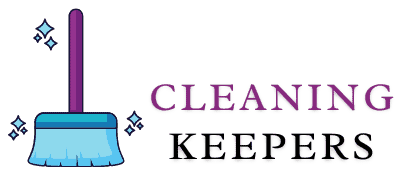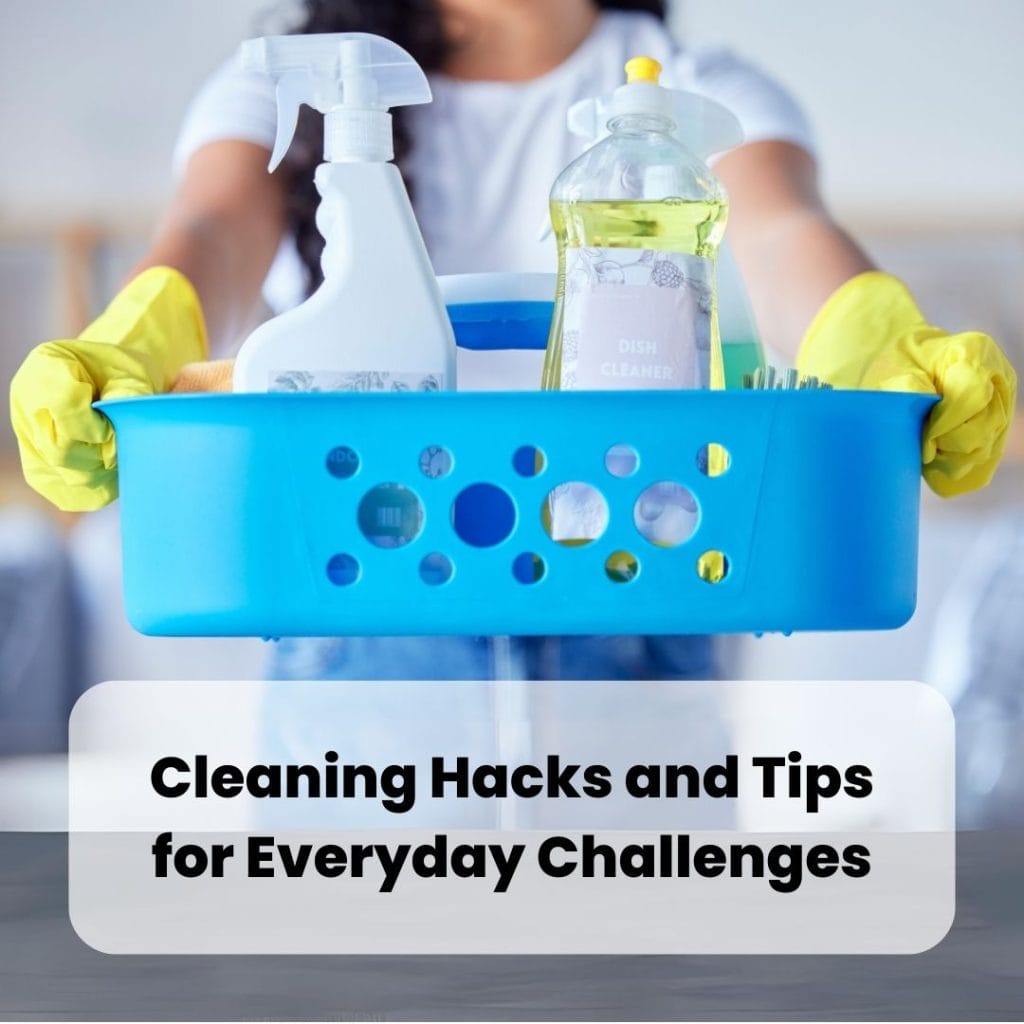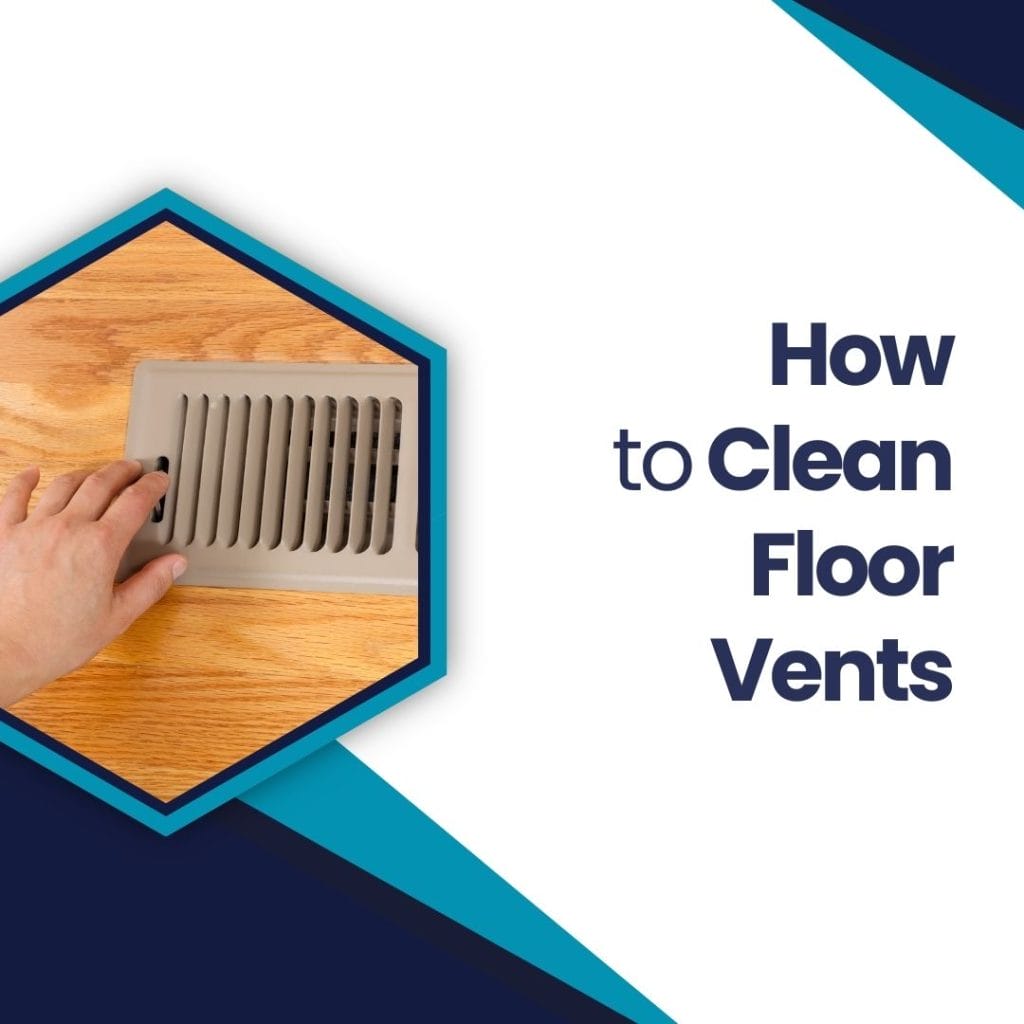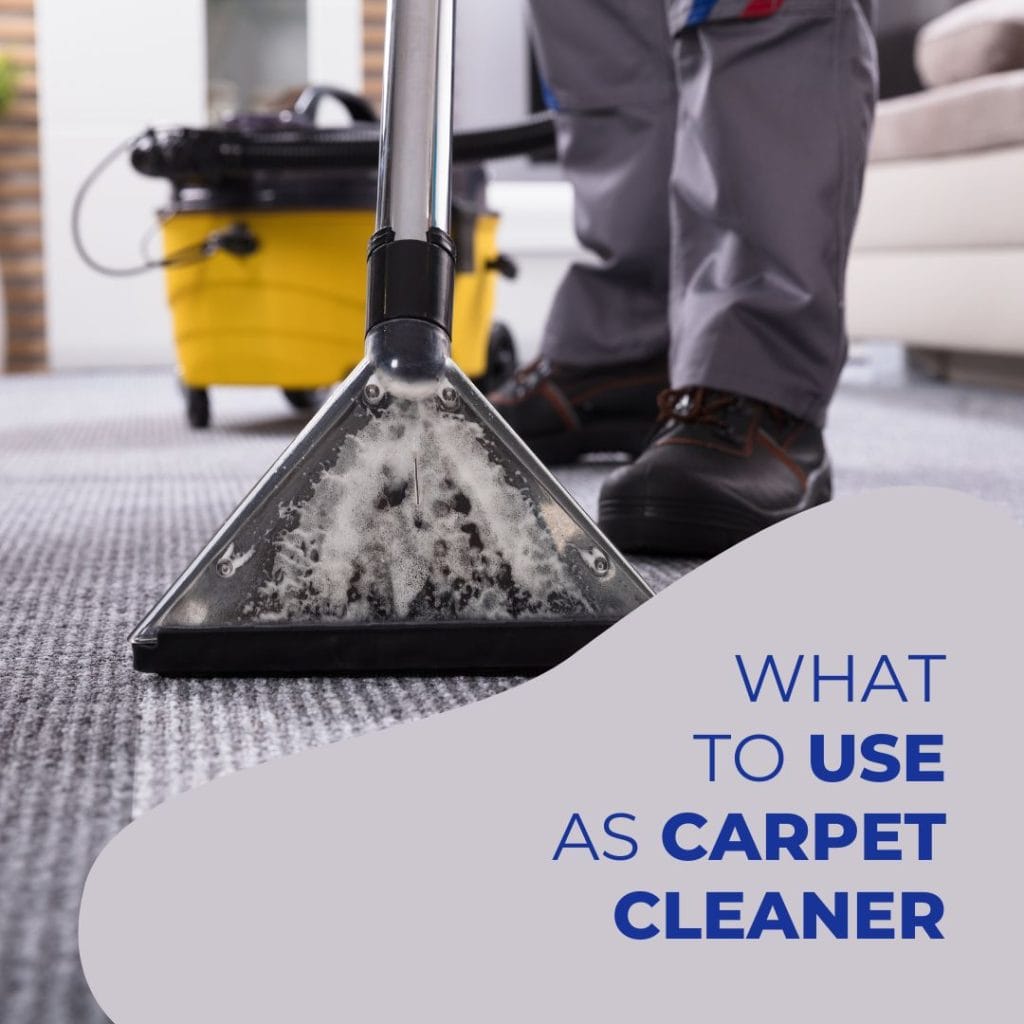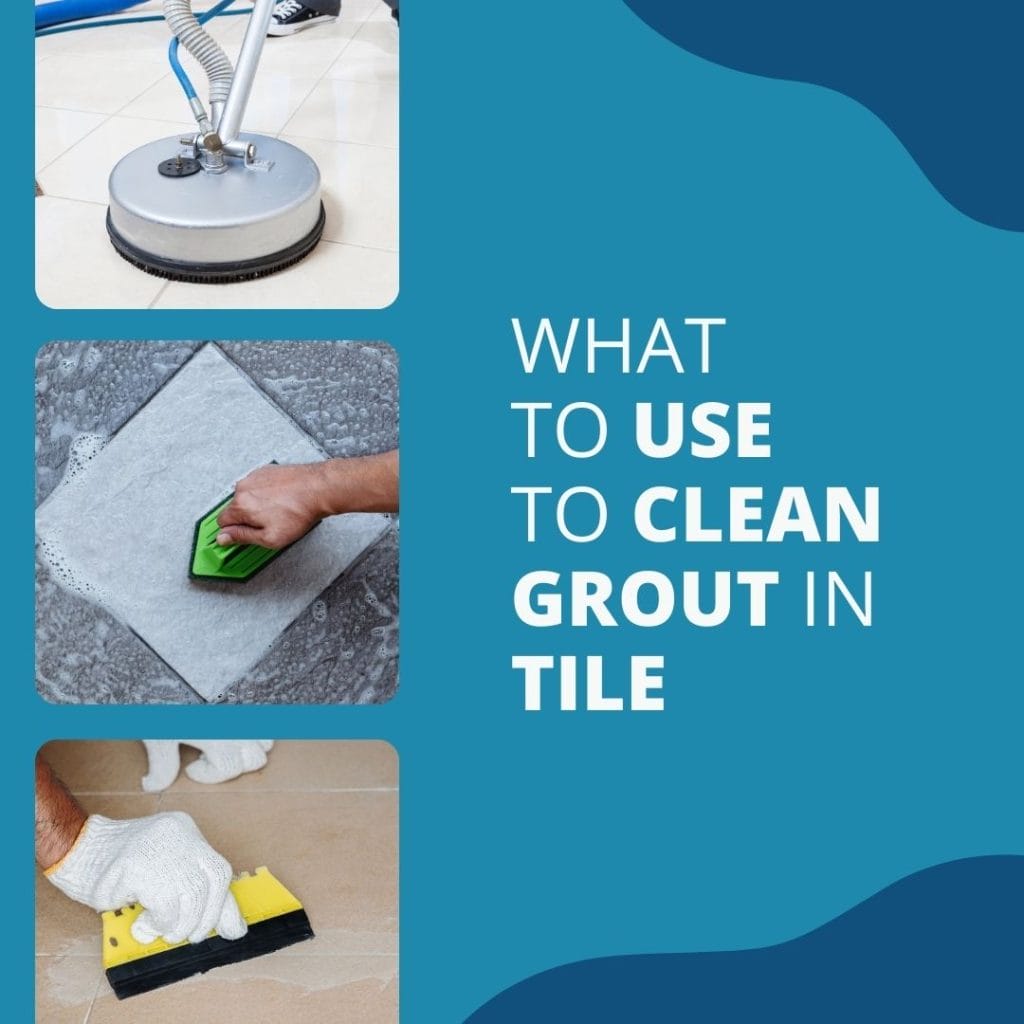A clean, fresh mattress is key to a good night’s sleep. However, the task of deep cleaning your mattress might seem daunting. Rest assured, with some simple steps and effective techniques, you can achieve a refreshingly clean mattress in no time. Let’s dive into these techniques to better understand the process.
Effective Techniques for Deep Cleaning Your Mattress
Maintaining the longevity of your mattress, a significant investment, requires regular cleaning. Dust mites, dead skin cells, dirt, and various other particles can build up, especially for allergy sufferers, pet owners, or those who snack in bed.
Cleaning your mattress is simpler than you might think. We’ve developed an easy nine-step guide, filled with insights from industry experts like Ed Curry, Duxiana’s president, and Casper’s cofounder, Neil Parikh. By following these steps, you can ensure the cleanliness and longevity of your mattress, paving the way for many restful nights.
1. Prepare Your Cleaning Toolkit
Before you embark on a thorough mattress cleaning, it’s essential to assemble your arsenal of cleaning supplies. This includes a vacuum equipped with an upholstery attachment for effective suctioning of dust and particles. To tackle stubborn stains, keep an enzyme cleaner or dish soap handy. You’ll also need laundry detergent for general cleaning and baking soda for deodorization. Moreover, keep clean cloths within easy reach for wiping down and cold water for rinsing. With these tools at your disposal, you’ll be well-prepared to refresh and rejuvenate your mattress.
2. Launder the Bed Linens
Begin by removing all the sheets, pillowcases, and mattress protectors, placing them in the washing machine for a thorough cleanse. Using hot water for washing can effectively eliminate dust mites lurking in your bedding. Additionally, depending on their material, your pillows might also be washable. If uncertain, consult the care label instructions and familiarize yourself with the appropriate pillow washing techniques. This step ensures that while you’re busy cleaning the mattress, your linens are simultaneously undergoing a deep clean, maximizing your productivity.
3. Deploy the Vacuum Cleaner
Armed with your vacuum cleaner and its upholstery tool, methodically work your way across the entire expanse of the mattress, not neglecting the sides. Take particular care of the seams, and switch to the crevice tool to uncover and eliminate any concealed dirt or dust. This meticulous process ensures a thorough and deep clean, leaving no corner of your mattress untouched.
4. Spot Clean Stains
In tackling stains, it’s crucial to remember that applying water or cleaning solution directly to the mattress, or soaking it completely, can be harmful, especially to materials like memory foam. Instead, moderation is key. We recommend spot-cleaning with an appropriate stain remover.
Depending on the type of stain and mattress, the choice of stain remover may vary. Biological stains, like blood, sweat, vomit, or urine, can be effectively handled using an enzyme cleaner.
Simply apply the cleaner to a clean white cloth and gently dab the stained area. After this, moisten a new cloth with cold water and continue dabbing until the stain fades. This method emphasizes using minimal product and moisture.
If an enzyme-based cleaner is not your preference, consider a homemade solution. Whip up dish soap with water and apply only the resulting foam on the stain. Alternatively, a mixture of cold water and hydrogen peroxide in equal parts can be effective too. These techniques should address any stubborn stains, leaving your mattress neat and clean.
5. Apply Baking Soda
If exposing your mattress to sunlight and fresh air isn’t feasible, baking soda serves as an excellent alternative. Start by evenly distributing a layer of baking soda across the surface of the mattress.
For best results, let the baking soda sit for several hours, or ideally, apply it before you leave for an overnight trip, much like the process described in how to fix squeaky floors. Baking soda works to break down acids, absorb residual moisture, and neutralize any lingering odors.
Boost the effectiveness of this process by keeping any room windows open while the baking soda rests on the mattress. This allows natural light and air to circulate, with the added benefit of the sun’s UV rays acting as a natural disinfectant, helping to eliminate any mold or bacteria on the mattress. The longer you leave the baking soda, the more effective the deodorization and cleaning process will be.
6. Initiate the Second Round of Vacuuming
Once the baking soda has completed its deodorizing and moisture-absorbing task, it’s time for round two of vacuuming. Fire up your vacuum cleaner and methodically remove all traces of baking soda from the mattress.
This step is crucial, as it ensures that your mattress is not only fresh but also free from any residual cleaning agents that could potentially cause staining or damage.
If your bed set includes a fabric headboard, consider including it in this vacuuming phase, as it is similar to the process detailed in cleaning hard-to-reach vents. It’s an opportune moment to freshen up every aspect of your bed, contributing towards a holistic clean sleep environment.
7. Flip the Mattress
Now that one side of the mattress is spotless, it’s time to flip it over and repeat steps 1-5. This ensures both sides are equally fresh and clean. Regular flipping of the mattress is crucial, not only during a deep cleaning session but as a part of your general maintenance routine, akin to the advice given in hand-scraped vs smooth hardwood floors
The traditional practice suggests flipping your mattress every three months, primarily to prevent spring mattresses from compressing over time. However, as mattresses have become more specialized, this advice may not hold true for every type.
For instance, the foam Casper mattress simply requires a 180-degree rotation every few months. In the case of Duxiana’s Dux mattress, only the top pad needs to be flipped and turned. Therefore, it’s wise to consult with the model manufacturer for precise care instructions.
As a general guideline, unless specified otherwise by the manufacturer, aim to flip your mattress every three months. Consider increasing the frequency if you begin to notice any sagging. This consistent practice helps to distribute wear more evenly, thereby prolonging the lifespan of your mattress.
8. Safeguard Your Mattress
Now that you’ve mastered the art of cleaning a mattress, the next prudent move is to focus on its protection. Ensure the mattress is completely dry before proceeding with this step, as any residual moisture may lead to mildew or mold.
Covering your newly refreshed mattress with a mattress protector serves as the first line of defense against mishaps. This simple act significantly simplifies future cleaning tasks, sparing you the effort of a thorough deep clean.
In addition to ease of cleaning, a mattress protector shields your sleeping surface from a variety of potential pitfalls. It forms a protective barrier against spills and dirt, maintaining the cleanliness and integrity of your mattress.
Moreover, it also offers a safeguard against more unpleasant threats, such as bed bugs. A high-quality, well-fitted mattress protector can serve as an effective deterrent against these unwanted intruders, ensuring your bed remains a serene and hygienic place of rest.
9. Regularly Clean Fitted Sheets
Neil advises using fitted sheets that are frequently cleaned to keep the mattress free from dust. Maintaining a clean environment around the mattress is also crucial, similar to the importance of using eco-friendly steam cleaning for vehicles. Regularly washing your fitted sheets not only promotes better hygiene, but also provides a barrier against dust accumulation on the mattress surface.
How Often Should a Mattress be Cleaned?
Cleaning your mattress is key to not only ensuring better sleep but also in maintaining its longevity. Cleaning should ideally be performed twice a year. This regular schedule helps to eliminate the build-up of sweat, dust mites, and allergens that accumulate over time.
However, certain circumstances may warrant more frequent cleaning. For instance, if someone in your household suffers from allergies or asthma, it’s advisable to clean the mattress more frequently to minimize their exposure to potential triggers.
Also, if there has been a spill or any other type of liquid accident on the mattress, it should be cleaned immediately. The longer a stain sits on the surface.
The Benefits of Regular Cleaning
Regular cleaning can also aid in preventing unpleasant pest infestations. It ensures that your sleeping area remains fresh and inviting, contributing to a healthier sleep environment.
Moreover, maintaining a clean mattress also prevents the accumulation of bacteria and harmful particles that can lead to respiratory issues. For those who suffer from allergies or asthma, regular cleaning is even more vital.
Furthermore, regularly cleaning your mattress can help to maintain its appearance and integrity. A well-maintained mattress not only looks better but also performs better over time. With proper care and
Extending Your Mattress’s Lifespan
Materials within your mattress gradually degrade over time, typically necessitating a replacement every 7-10 years. However, proactive steps such as cleaning your mattress every six months can extend the life of the mattress’s layers and fibers. This practice enhances the durability of your mattress while promoting a healthier and more comfortable sleeping experience.
How to Clean a Memory Foam Mattress
Cleaning a memory foam mattress necessitates a degree of care due to its enhanced absorbency relative to traditional mattresses. The first step in cleaning is a comprehensive vacuuming of the entire mattress, which serves to eliminate any accumulated dust, hair, or lint.
Dealing with stains involves creating a solution comprising two parts water to one part mild detergent. This solution is then sprayed onto the affected area. Following this, a cloth should be employed to gently scrub at the stain. For more stubborn stains, a stronger solution, consisting of 1/4 cup white vinegar mixed with 3/4 cup water, can prove beneficial.
Next, use a secondary damp cloth to wipe away the cleaning solution, thereby lifting the stain. Any particularly wet areas should be blotted to remove excess cleaner. Crucially, the mattress must be thoroughly dried to avoid the growth of mold or mildew. This can be achieved by enhancing air circulation within the room, for instance, by opening windows or employing a fan.
To deodorize your memory foam mattress, apply baking soda and leave it in place for 12-24 hours, prior to vacuuming it up. Bear in mind, the secret to maintaining a fresh and clean memory foam mattress lies in regular cleaning and thorough drying.
Why you should deep clean your mattress
While sheets and mattress pads do provide a certain level of protection, they aren’t entirely infallible when it comes to safeguarding your mattress against sweat, spills, and dust. Imagine this scenario – we regularly wash our sheets and pillowcases, say every couple of weeks. Yet, they still manage to accumulate dirt and sweat. What then, could be lurking within our mattresses, which are infrequently, if at all, washed?
Contemplating this can be quite discomforting. Various research suggest that our bedding and mattresses could potentially be the culprits behind allergies, colds, and other illnesses. A study conducted by Amerisleep reveals that sheets that are a week old can harbor greater populations of bacteria than a bathroom doorknob.
Other research has discovered that certain feather-filled pillows could provide the ideal conditions for fungi to thrive. Another study has shown that simply rolling over at night could stir up dormant dust and dirt particles into the air. This is hardly a comforting thought, is it?
But don’t worry! We are here to guide you through the process of deep-cleaning a mattress effectively. This way, you can enjoy a peaceful night’s sleep without worrying about bacteria, dead skin cells, pet dander, dust mites, fungi, and more.
How to get rid of a mattress smell
If you find that your mattress is emitting an unpleasant odor due to an old spill, pet accident, or something else, an enzymatic cleaner can serve as an excellent solution. These cleaners are designed to break down the molecular structures of stains and odors, effectively neutralizing them. However, a simple concoction of vinegar and water can also be sufficient to tackle most smells.
In case you’re still finding it difficult to eliminate the odor, Mattress Insider suggests trying a homemade solution. Take 1 teaspoon of water, 1 tablespoon of vinegar, 1 teaspoon of laundry detergent, 2 tablespoons of baking soda, and a drop of disinfectant. Mix these ingredients together to create an effective cleaner.
To apply, lightly sprinkle this mixture onto the affected area of the mattress. Following this, dust a generous layer of baking soda over the treated area. This will help to absorb any lingering odors and moisture.
Once treated, let your mattress rest overnight. The baking soda and homemade cleaner will work together to deodorize and clean the area. The following day, thoroughly vacuum the treated area to remove the residual baking soda and any dislodged dirt or grime.
If you find that the odor is due to sweat or body odor, you might want to include cornstarch along with the baking soda. Cornstarch is highly effective at absorbing and drying up oils, which can help to further eliminate any unpleasant smells.
Lastly, an insider tip to enhance the cleaning and deodorizing effect: introduce a few drops of your preferred essential oil into these mixtures or during the baking soda treatment. Not only will this help to counter any lingering odors, but it will also add a pleasant scent to your mattress, enhancing your overall sleep experience.
Professionals exist if necessary
Certain businesses, such as Stanley Steamer, offer comprehensive mattress cleaning solutions. If you’ve exhausted all options and are still puzzled by persistent odors or stubborn stains, it might be worth considering a professional cleaning service before deciding to dispose of your mattress.
A few more tips on how to clean a mattress
When it comes to a thorough mattress deep clean, a powerful vacuum cleaner is crucial. According to Consumer Reports, the Dyson V6 Mattress Handheld Vacuum outperforms standard vacuums by nearly three times in dust suction.
Consider leaving your sheets off for several hours the next time you change them. This allows your mattress to air out effectively. If you can position it near an open window that receives abundant sunlight, it’s even better.
Microorganisms such as mites, bacteria, fungi, and mold thrive in warm, moist spaces. By reducing your bedroom temperature slightly, you can create an environment that’s less hospitable to these tiny unwelcome guests.
We often bring our electronics to bed, from laptops that rest on our laps to phones placed next to our pillows. These devices can also harbor germs and bacteria. Ensure you wipe them down with disinfectant wipes or sprays containing at least 70% alcohol before getting under the covers.
Lastly, if you own a specialty mattress from companies like Sleep Number or Casper, these might come with their own cleaning guidelines. Be sure to check with the manufacturer to avoid missing any specific steps or ignoring vital warnings.
Conclusion
In conclusion, maintaining a clean mattress is essential not just for ensuring a restful sleep, but also for upholding your health. Regular deep cleaning, employing natural ingredients and specialized vacuums, can help keep dust, bacteria, and odors at bay. Moreover, if the task seems too daunting or ineffective, professional cleaning services are always there to assist. Remember, a clean mattress is a crucial step towards a healthier, more comfortable sleep environment.
